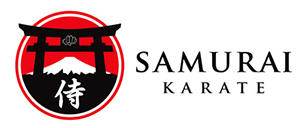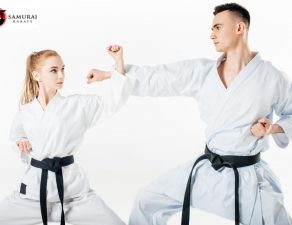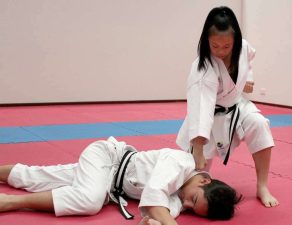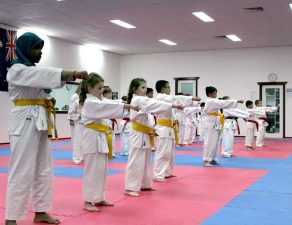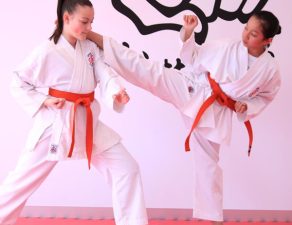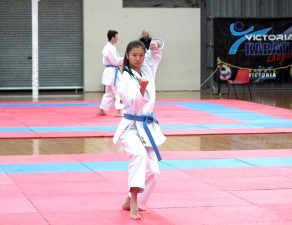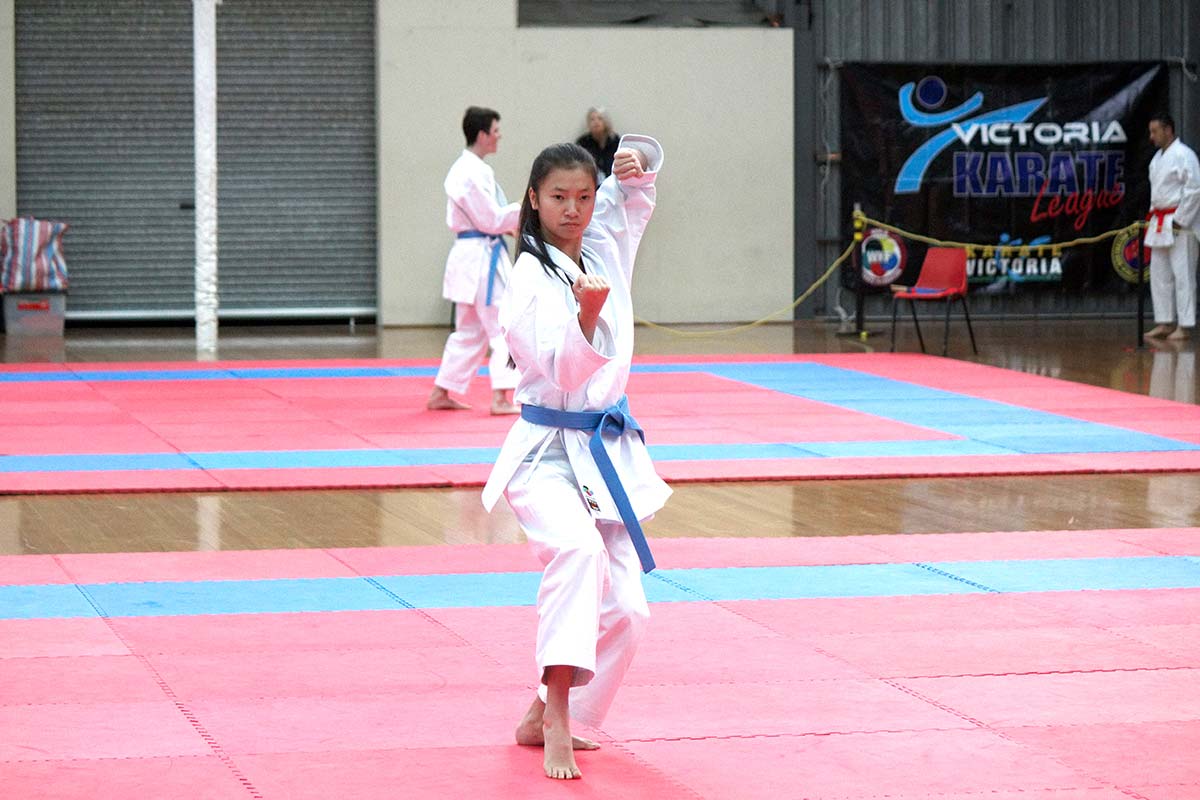
Kata simply means the execution of all the moves a trainee has learned in succession. The main advantage of kata is that the moves can be executed in full force without the risk of injuring the partner. Practicing kata also teaches martial artists fighting rhythm and uplift their spirits. It simulates a real fight because the learner feels and experience the movements at full force without having to hold back for fear of injuring a partner. Practicing kata is also effective for executing dangerous moves that cannot be practiced with a partner.
When karate experts perform kata, they maintain their rhythm by imagining that they’re actually fighting someone. This imagination enables the performer to execute his moves like he/she is fighting a real fight. Karate experts often hear people say that it looked like a real fight after performing a kata. This is what students aim for when practicing kata.
Practicing kata also teaches children to develop a clear mind. Martial arts experts who have mastered kata after many years of practice often feel like their bodies are doing the kata without conscious intervention. The kata simply flow through them naturally like breathing. This state of mind is called no mid or mushin.
In real self-defense encounters, the karate expert strives to maintain the state of mushin because it enables practitioner to execute moves without thinking. In karate classes, instructors grill students in kata practices to enable them execute them automatically when the time come. This is the reason martial arts teachers from ancient times have insisted on mastering kata.
To master kata effectively, there are seven areas one needs to work on. These include speed, form, power, breathing, eye contact, kai, and fighting rhythm. If students master all these areas effectively, their ability to execute kata flawlessly improves. In kata training, focusing on one aspect is the best way of improving one’s ability to execute kata quickly. The following is brief discuss of the seven aspects of kata.
- Form
Form is the first thing students learn in kata. Executing kata in correct form enable practitioner to do them with speed. Form is one thing people continually master and perfect. You cannot master form perfectly, but you move to perfection every time you practice.
- Power
Katas moves meant to improve power entails using the whole body. These kata move includes the movements of shoulders, legs, hips, and arms in synchronized movements that generates maximum force.
- Speed
Ironically, relaxation is the kata moves for improving speed. Relaxation equals speed in martial arts. Increase in muscle tension is one of the barriers to speed.
- Eye Contact
Eye contact enable karate experts to maintain the vision of the moment. Eye contact helps simulate the environment of an actual fight.
- Breathing
Breathing in kata entails a coordinated breathing from the diagraph. Breathing also used to generate power.
- Fighting Rhythms
The rhythm and timing in real fights is erratic. Kata teaches proper rhythm and speed.
- Kiai
Kiai is the forceful expulsion of air from the diaphragm while executing a kick or a punch. It uplifts the spirit.
ONLINE REGISTRATION – SPECIAL

